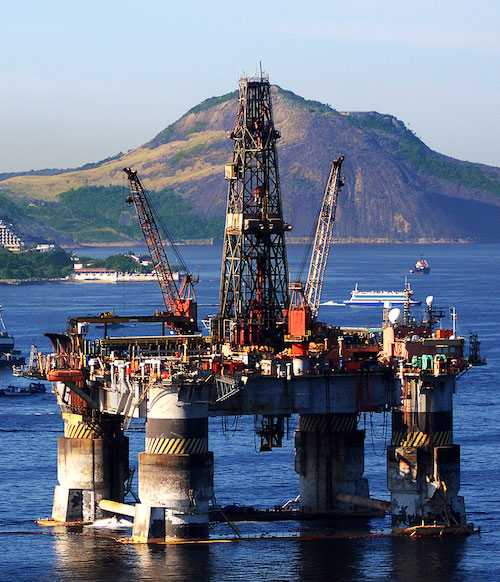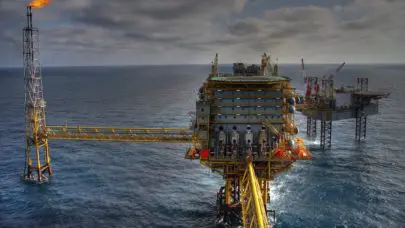For oil rig workers, simply getting to and from work — often by helicopter or boat — can prove to be one of the most dangerous parts of the job. What’s more, workers for smaller companies (fewer than 20 employees) and workers for well-servicing companies seem to be at greatest risk for transportation-related accidents.
Oil platforms and rigs are complex, multi-level, multi-deck environments where every square foot is utilized to its full potential. Between weather, offshore conditions and the equipment needed to extract resources, workers are at constant risk for slips, trips and falls.
Many of the tasks involved in oil and gas extraction are high-risk activities closely associated with contact accidents. Workers are often struck by, caught by or caught between objects or pieces of equipment—often large ones with devastating results.
By its very nature, the oil and gas industry is centered on flammable materials. However, associated vapors, in-well gases, hydrogen sulfide (known as H2S or sour gas), and waste fluids can be additional flammable hazards — especially near tanks, pipelines, trucks and extraction and production equipment.
Storage tanks, confined areas near wellheads, repurposed shipping containers, mud or reserve pits, and even protected or low open areas can allow gases or vapors to collect to hazardous levels.














